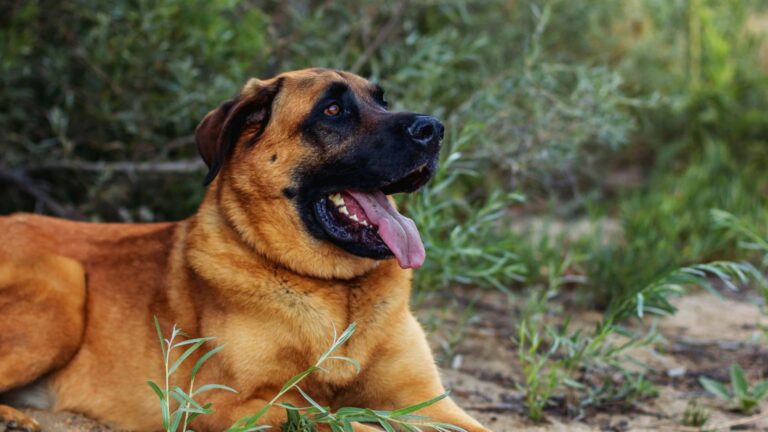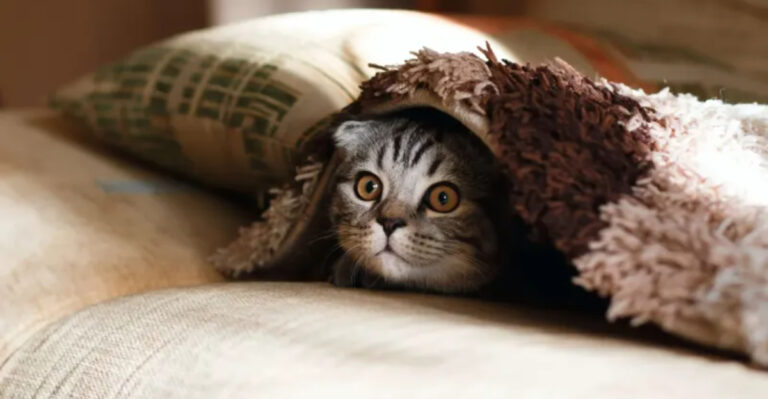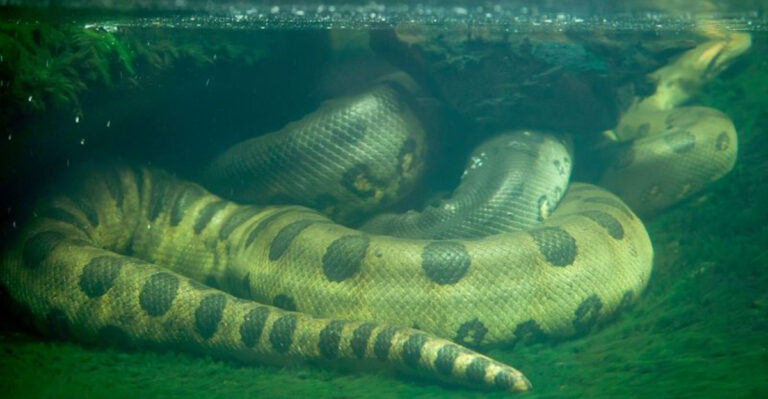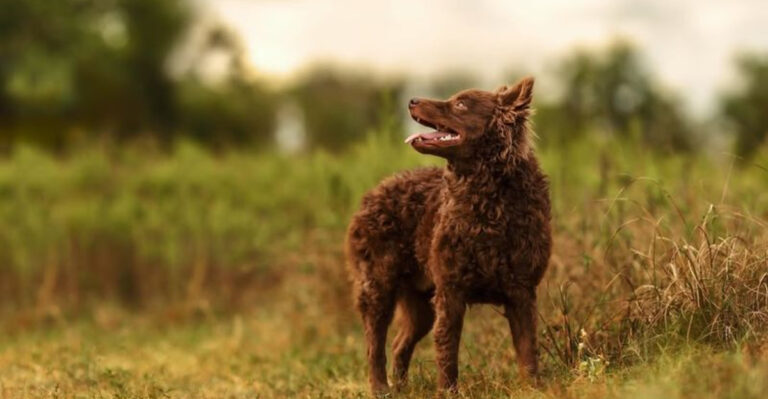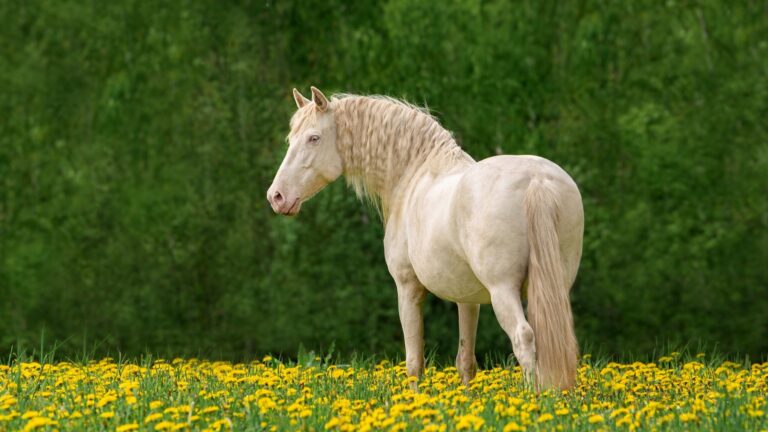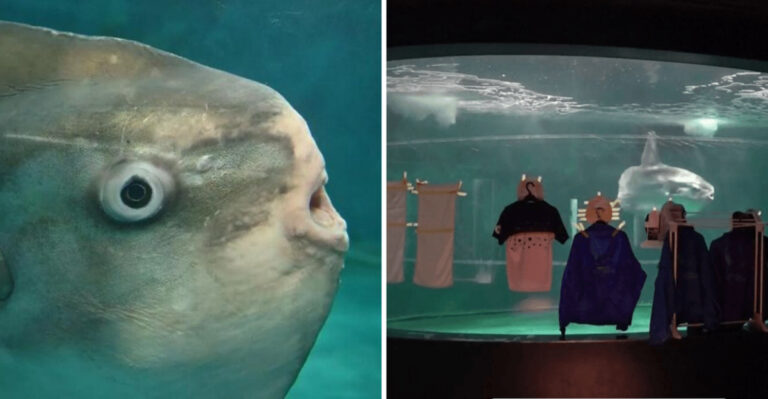14 Stunning Husky Colors That Are Incredibly Rare
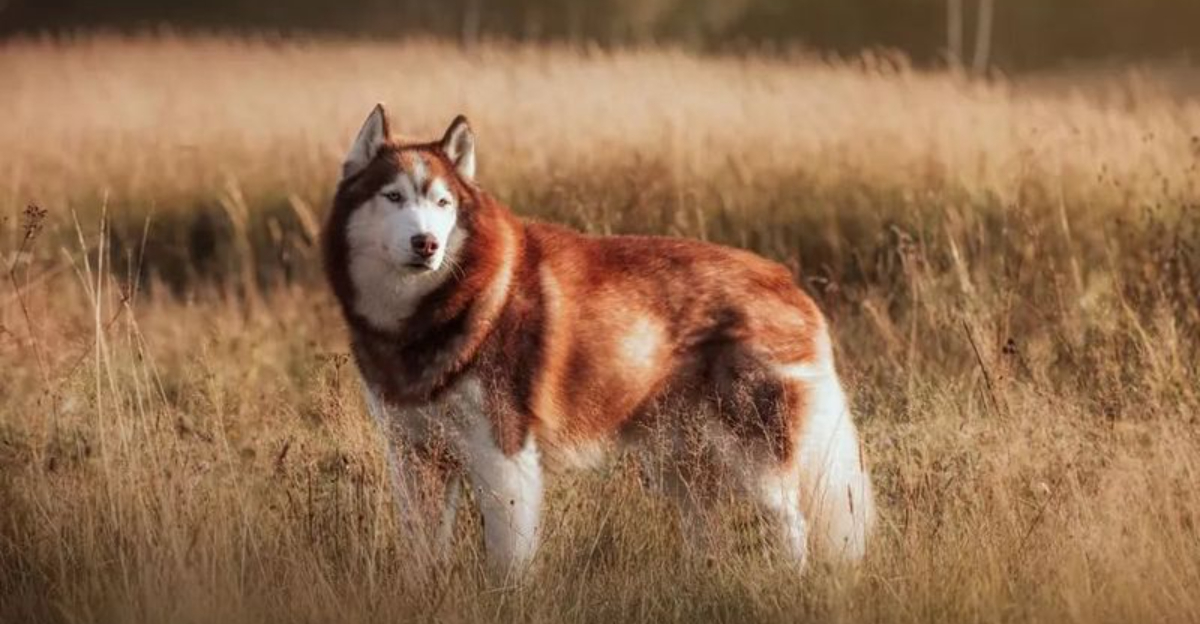
Huskies are known for their striking blue eyes and wolf-like appearance, but their coat colors can be just as fascinating. Beyond the common black and white or gray patterns, there’s a whole rainbow of rare husky colors that most people never get to see.
These uncommon coats often result from recessive genes or unique combinations that make these arctic beauties truly one-of-a-kind.
1. Pure White Husky
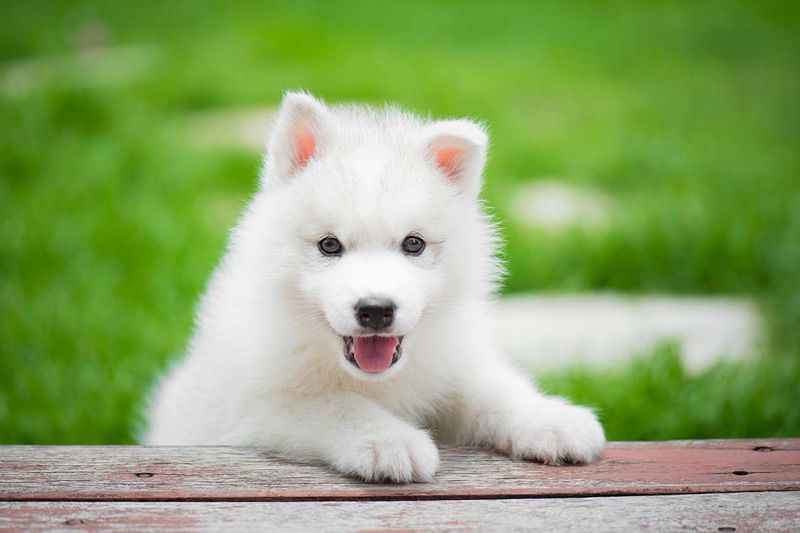
Like walking through freshly fallen snow, pure white huskies leave onlookers speechless with their pristine coats. No markings interrupt their cloud-like fur.
White huskies aren’t albinos – they have normal eye pigmentation. Their rarity comes from needing two parents with recessive white genes, making them treasured finds among breeders.
2. Agouti Husky
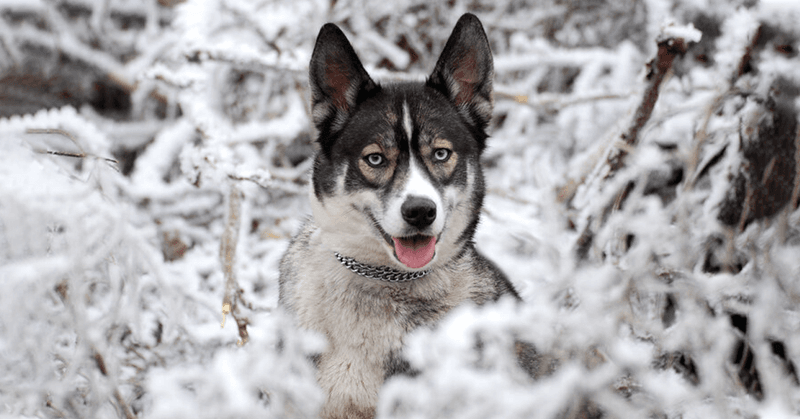
Straight from their wild wolf ancestors, agouti huskies showcase nature’s original blueprint. Each hair contains multiple color bands, creating a wild, primitive appearance that’s hauntingly beautiful.
Their coat shifts between gray, tan and black, with distinctive facial markings. Wolf-like yet undeniably domestic, these rare beauties remind us of the husky’s untamed heritage.
3. Isabella (Lilac) Husky
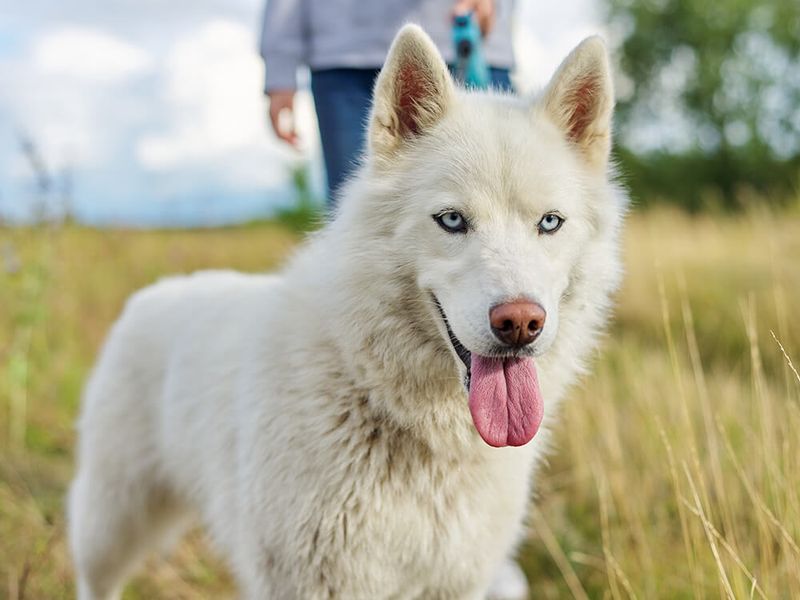
Imagine a husky wearing the softest lavender-gray coat you’ve ever seen! Isabella huskies sport this dreamy color thanks to a dilution of liver (brown) pigment.
Often mistaken for silver or light red at first glance, their true color shows in bright sunlight. Their nose leather and paw pads come in a matching light liver tone, completing their ethereal appearance.
4. Copper Husky
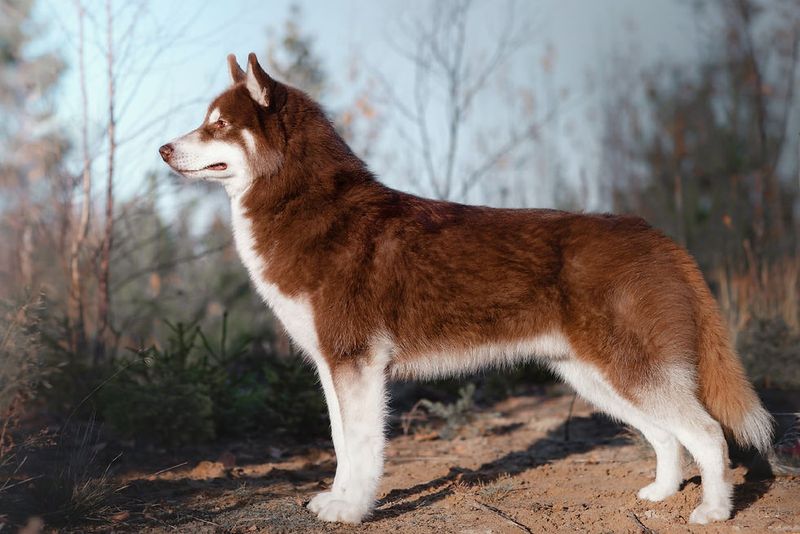
Glowing like autumn leaves, copper huskies radiate warmth with their rich reddish-orange coats. Morning sunlight transforms them into living flames, capturing attention wherever they go.
Unlike red huskies, copper ones have deeper, more intense coloration. The shade comes from a special expression of the agouti gene, making these fiery pups among the most eye-catching of their breed.
5. Sable Husky

Wrapped in mystery, sable huskies wear coats where each hair transitions from dark at the tip to light at the base. This creates a shimmering effect when they move – like shadows dancing in firelight.
Their distinctive coloring resembles that of German Shepherds, though with the unmistakable husky build. Sable patterns vary widely, from light golden to deep mahogany, making each one uniquely gorgeous.
6. Merle Husky
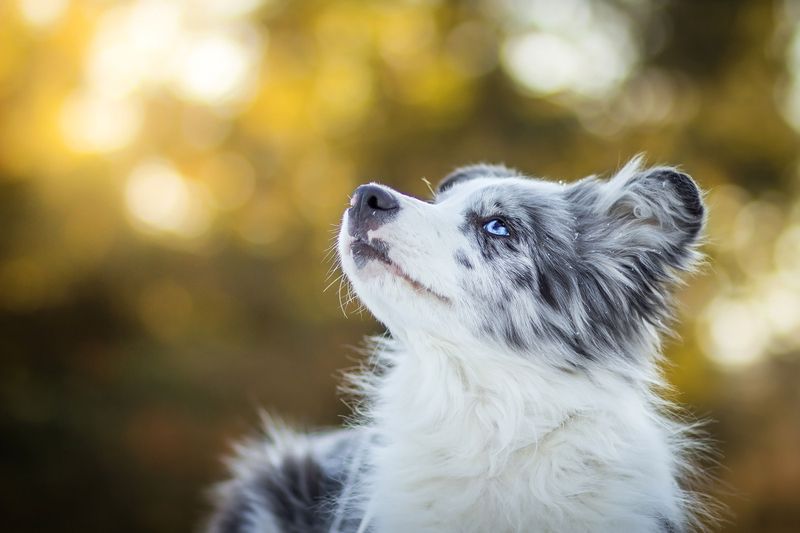
Controversy swirls around these spotted beauties! Merle huskies display mottled patches of color with darker spots – a pattern not naturally occurring in purebred Siberian huskies.
Their marbled coat comes from crossbreeding with dogs carrying the merle gene, like Australian Shepherds. While stunning, this pattern brings health concerns, particularly when two merles breed together, potentially causing vision and hearing problems.
7. Blue Husky
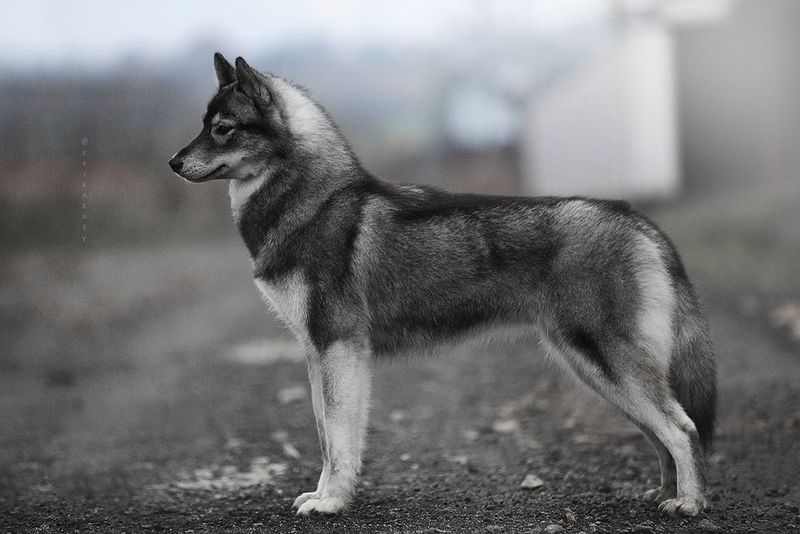
No, they’re not actually blue! These huskies showcase a stunning silver-gray coat with a distinctive blue-ish sheen that catches light beautifully.
Caused by a dilution gene affecting black pigment, true blue huskies are exceedingly rare. Their nose leather and paw pads often appear slate-colored instead of black, while their eyes remain the characteristic husky blue or amber.
8. Black Husky

Midnight-colored with no mask in sight! Solid black huskies break the breed stereotype with their dramatic, almost wolf-like appearance.
Finding a truly solid black husky is like spotting a unicorn – most have at least tiny white markings on their chest or paws. Their coat absorbs sunlight, making them especially warm in winter, though they still need shade in summer heat.
9. Cinnamon Husky
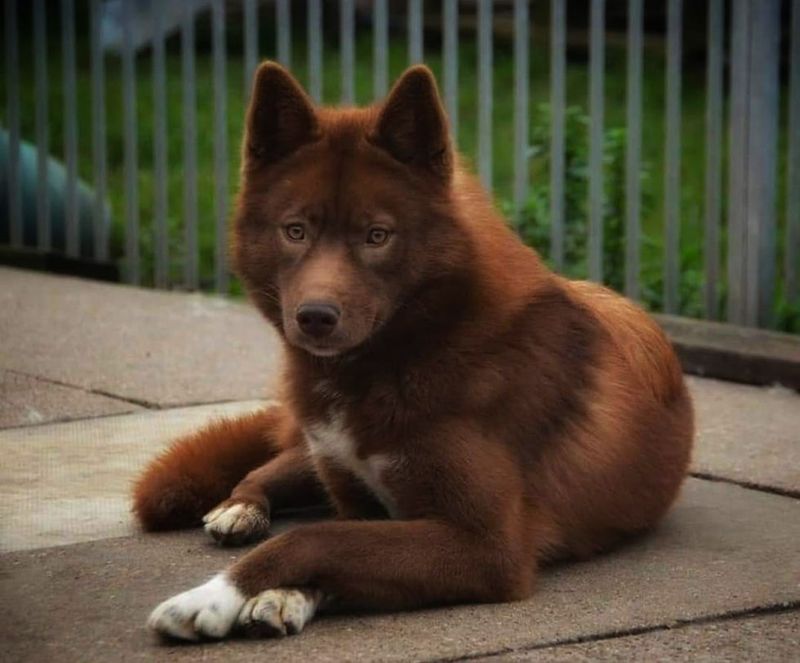
Sweet as their namesake spice, cinnamon huskies wear warm, reddish-brown coats that seem to glow from within. Their color falls between copper and red on the spectrum, with a distinctive spicy hue.
Often born darker, they lighten to their true cinnamon shade as they mature. Their liver-colored noses match their coats perfectly, creating a harmonious look that’s both striking and subtly elegant.
10. Wooly Husky
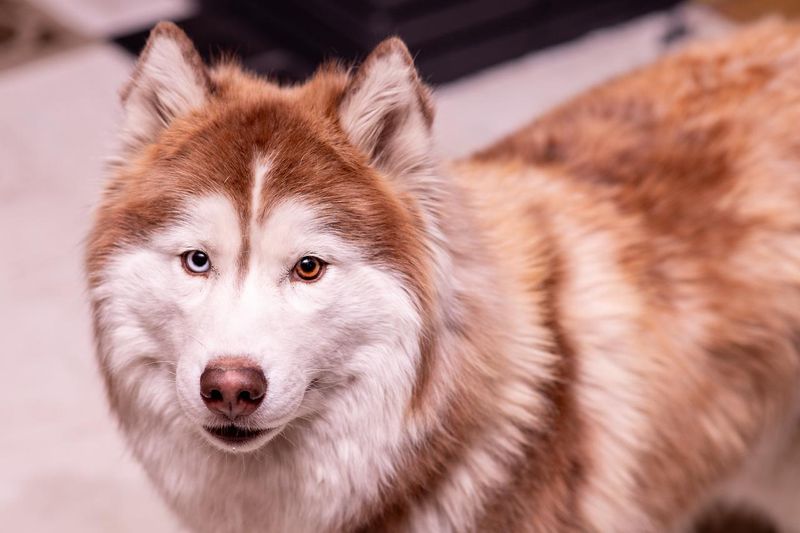
Fluffy beyond belief! Wooly huskies aren’t technically a color but a coat type so rare and striking they deserve mention. Their super-long fur creates a majestic appearance regardless of color.
Caused by a recessive gene, this plush coat requires serious grooming commitment. While not preferred for show standards, wooly huskies make spectacular pets – just prepare for epic shedding seasons that transform your home into a fur wonderland!
11. Piebald Husky
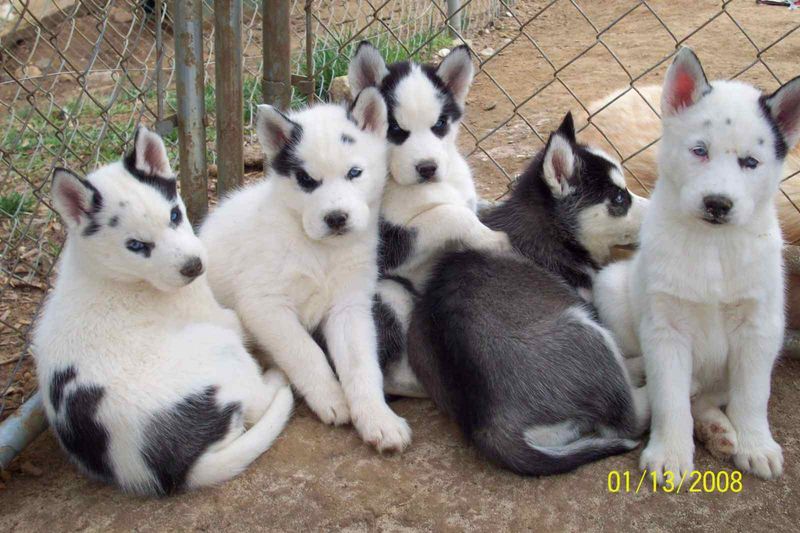
Playing hide-and-seek with color! Piebald huskies sport large, irregular white patches against their base color, creating a playful, patchwork appearance that’s truly one-of-a-kind.
Unlike typical husky patterns, piebalds have asymmetrical markings that look almost randomly placed. Their unique coat results from specific genetic factors that limit pigment production in certain areas, creating these eye-catching canine canvases.
12. Cream Husky
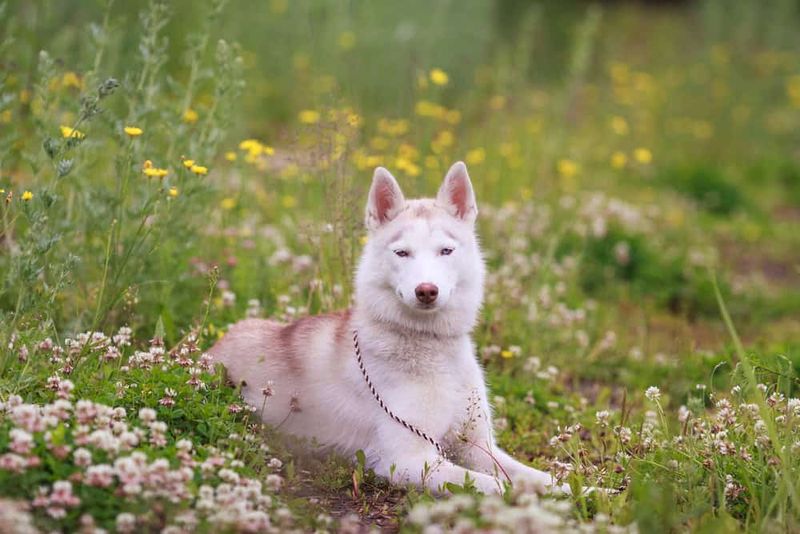
Floating like ghosts through the snow, cream huskies blend elegance with mystery. Their pale yellowish-white coats often show subtle shading that changes with the light.
Unlike pure white huskies, cream ones have a warm undertone that’s especially visible on their ears and back. This delicate coloration comes from specific dilution genes affecting red pigment, creating their buttery, soft appearance.
13. Splash Coat Husky
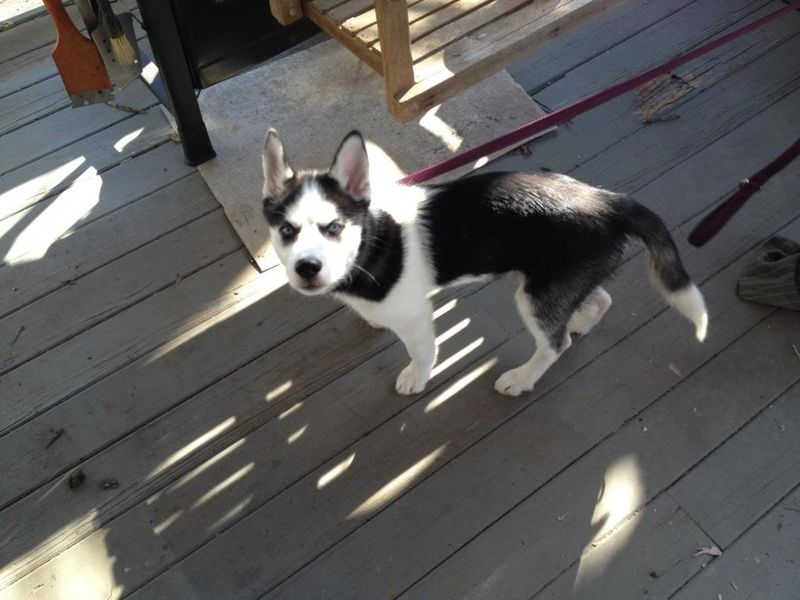
Imagine a husky that looks like it ran through a paint studio! Splash coat huskies display small flecks or spots of color on a white background, creating a speckled, artistic appearance.
Different from ticking or merle patterns, splash coats feature distinct spots rather than mottling. This unusual pattern results from complex genetic interactions and varies widely between individuals, making each splash husky a unique living masterpiece.
14. Silver Husky

Shimmering like moonlight on snow, silver huskies captivate with their lustrous, metallic-looking coats. Their fur reflects light beautifully, creating an almost glowing effect in certain lighting.
True silvers have a consistent, light gray coloration without the darker points seen in wolf gray huskies. This uncommon shade results from specific dilution genes affecting black pigment, creating their distinctive sterling appearance that only grows more beautiful with age.

